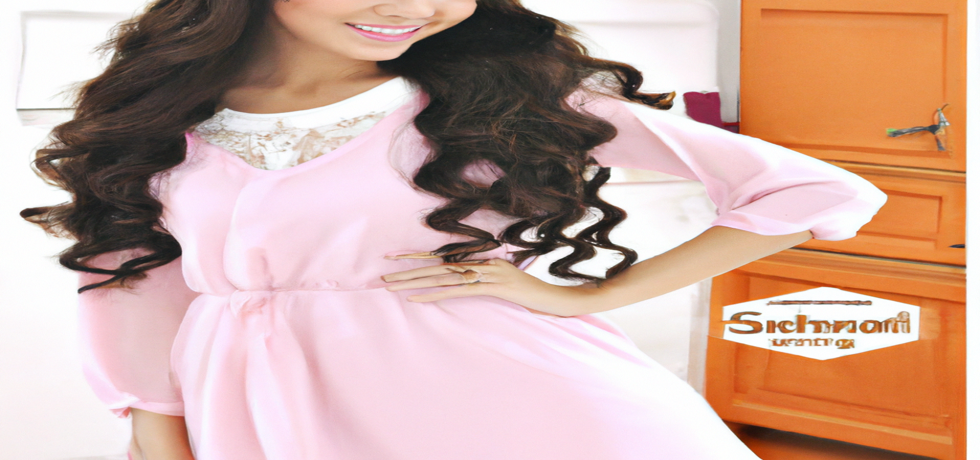
Revive Your Hair: Understanding and Treating Hair Damage
Introduction to Hair Damage
Identifying Hair Damage Types
Dull and Dry Hair
Damaged hair often loses its luster and becomes dry due to the depletion of natural oils. Harsh shampoos can strip essential moisture, exacerbating this condition. To combat dullness, incorporating nourishing hair care products, focusing on moisture, and limiting shampoo use can be beneficial.
Tangled and Frizzy Hair
Frizz and tangles are other telltale signs of hair damage. When the cuticles of the hair shaft are compromised, the strands can become intertwined, leading to a difficult-to-manage mane. Using moisturizing conditioners and avoiding excessive heat can help mitigate these issues.
Brittleness and Breakage
Split ends and breakage occur when hair lacks strength and nourishment. The key to preventing split ends lies in regular trims, deep conditioning treatments, and reducing the use of heat styling tools. Regularly incorporating hair dusting and restorative serums can also aid in repairing damaged strands.
Effective Hair Care Tips
– **Reduce Washing Frequency:** Washing your hair too often can strip away natural oils. Aim to wash your hair 2-3 times a week.
– **Choose Gentle Products:** Opt for shampoos and conditioners without harsh chemicals, and always select products that shine light on moisture retention.
– **Rinse with Cool Water:** Finish your hair wash with cool water to help seal the cuticle and retain moisture.
– **Diet Matters:** A balanced, nutrient-rich diet incorporating fruits, vegetables, and grains can significantly bolster hair health. Vitamins A, C, biotin, and iron are especially beneficial.
Understanding Hair Damage Treatment Options
Treatments can range from deep conditioning therapies to medical options for addressing hair loss. The crucial step is to identify the underlying causes of your hair issues and formulate a specialized treatment plan. Our specialists can help guide you through restoring your hair’s health efficiently.

